What is a format?
By Phil Gurin
13-01-2020
Much like the concept of money – which only works because everybody choses to believe it has value – today’s multibillion-dollar format industry is built on the premise that a TV format is a precious, protectable, marketable commodity.
So it is ironic that, as Frapa enters its third decade, debate still rages about what constitutes a TV format.
This year is our 20th anniversary. To mark the occasion, we’ve launched the Frapa Vision Project, the overarching aim of which is to ensure we continue to offer the best services, resources and guidance to our growing global community of format producers. In some ways, little has changed over the last 20 years.
This year, we were invited to present our ideas for a sustainable global formats industry at the second EU-China Roundtable on Copyright Protection and Licensing in the Digital Environment, which took place in Shanghai.
This was followed by a similar invitation to the annual conference hosted by the Korea In-house Counsel Association and the Korean Entertainment Law Society, in collaboration with the Korean Copyright Law Association.
For us, the key takeaway from both events was that the vast majority of entertainment professionals have only the haziest idea of what constitutes a format, never mind how copyright law can be used to protect it. And as our industry grows in size, weight and scope, driven by the growing appetite from platforms and streamers for formatted programming, this lack of basic understanding is becoming increasingly problematic.
In short, formats have gone mainstream, and it’s time we had a mainstream modus operandi to help a global industry in desperate need of boundaries, best practice and standardised trade agreements.
The first step is to define terms – and this is where Frapa, as an impartial, non-profit organisation, can help. In 2017 we partnered with international law firm Baker & McKenzie to provide the most comprehensive definitions in 40 reported judgements in 20 major TV territories – you can see where streamlining starts to become mission critical.
Now, collecting input from our board, specialist legal partners and dedicated members, we have crafted the following definitions and sub-definitions:
Format (noun):
A specific type of intellectual property that allows for and guides the replication of the original idea in subsequent iterations across media, platforms and territories.
(i) In television (or any audio and/or video medium), a clear and repeatable set of elements that, when combined, enable the production of a programme. Elements may include, but are not limited to, narrative structure, character descriptions, set and lighting plans, graphic and audio designs, music and sound effects, rules, production procedures and anything else that permits subsequent users to reproduce the original concept.
(ii) The original idea may or may not be commercially produced, as it is the initial intellectual creation and accompanying elements and instructions that immediately establishes its origin and ownership.
Format (verb) (as in ‘to format a show’)
To turn an existing piece of intellectual property (i.e. fiction, non-fiction, song, movie, etc.) into a unique and original guide with repeatable elements to be recreated and distributed.
The top-line descriptive is designed to be a simple, understandable and widely encompassing definition that producers, creators, distributors and legal bodies can cite when discussing/arguing over what is and what is not a format. The sub-definitions offer a more nuanced understanding, as secondary definitions in dictionaries typically do for words with expansive meaning.
Our hope is that it is adopted worldwide by courts and lawyers, as well as the creators, sellers and buyers of formats, and that, over time, it becomes the accepted standard for our industry. It’s about time we got one, and we need it to protect the industry that feeds us and our families.













.jpg)




























